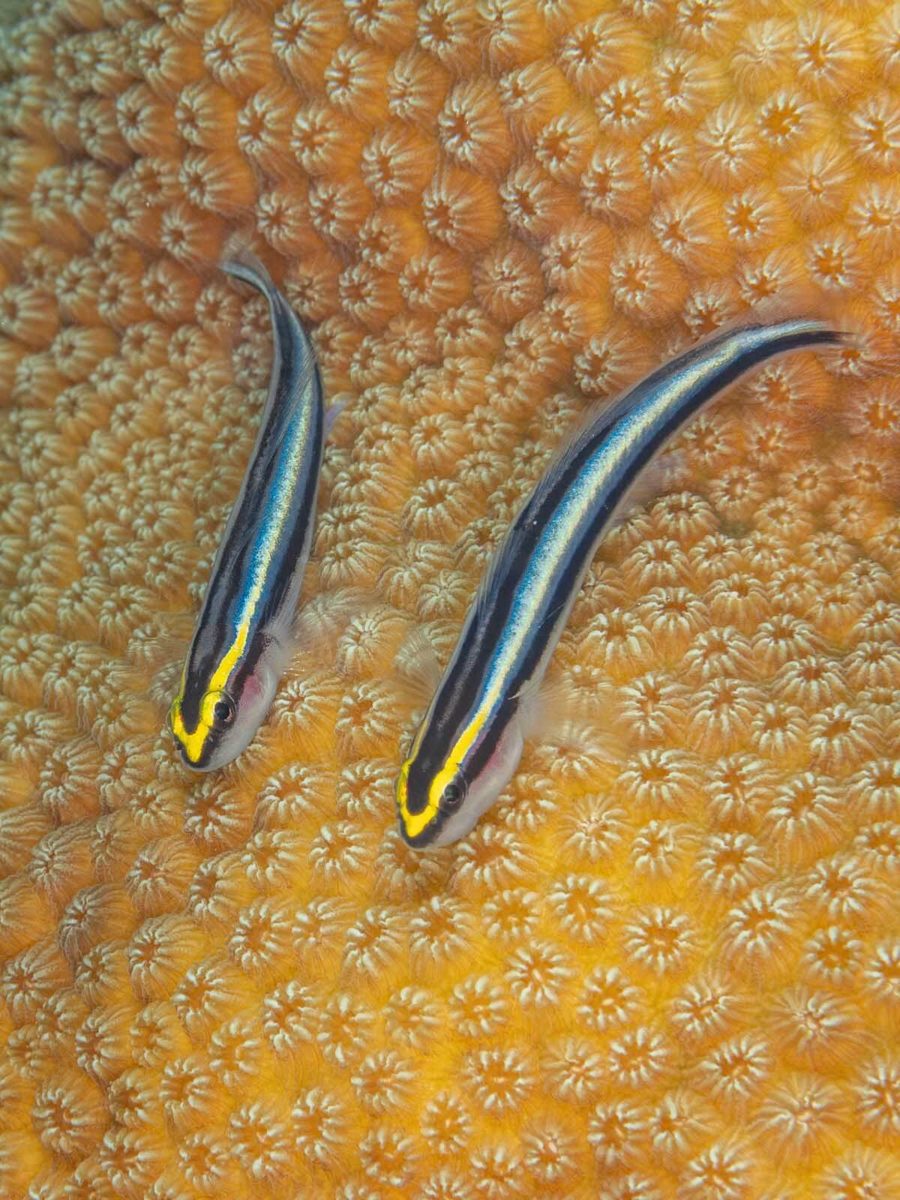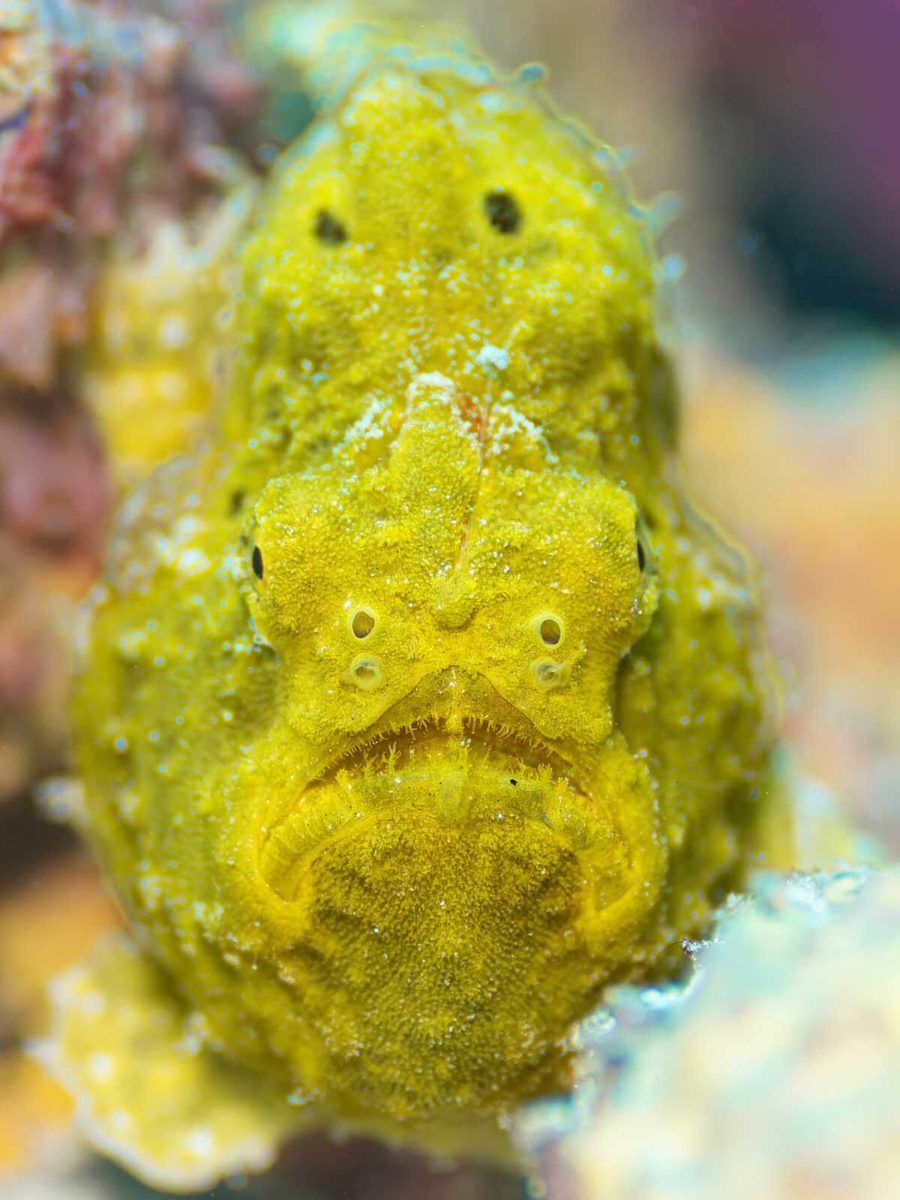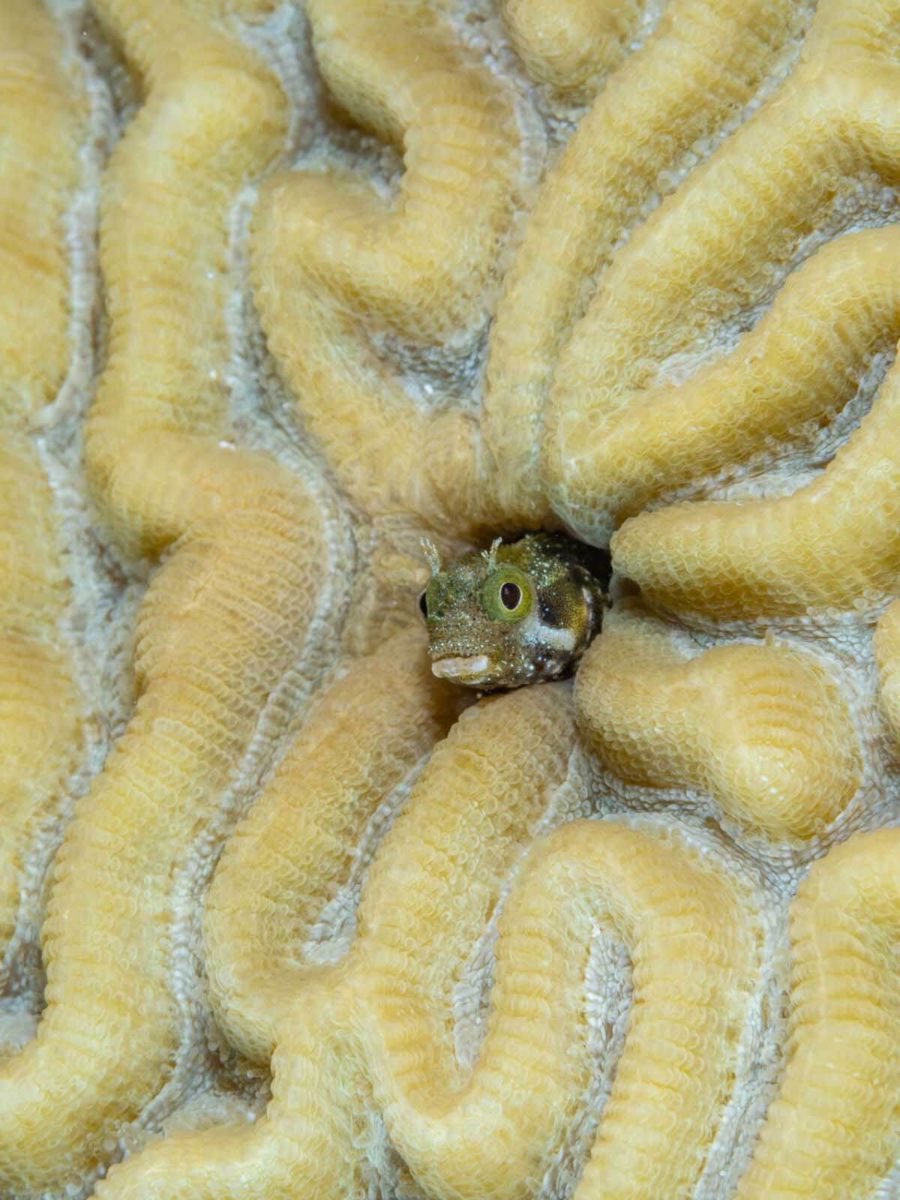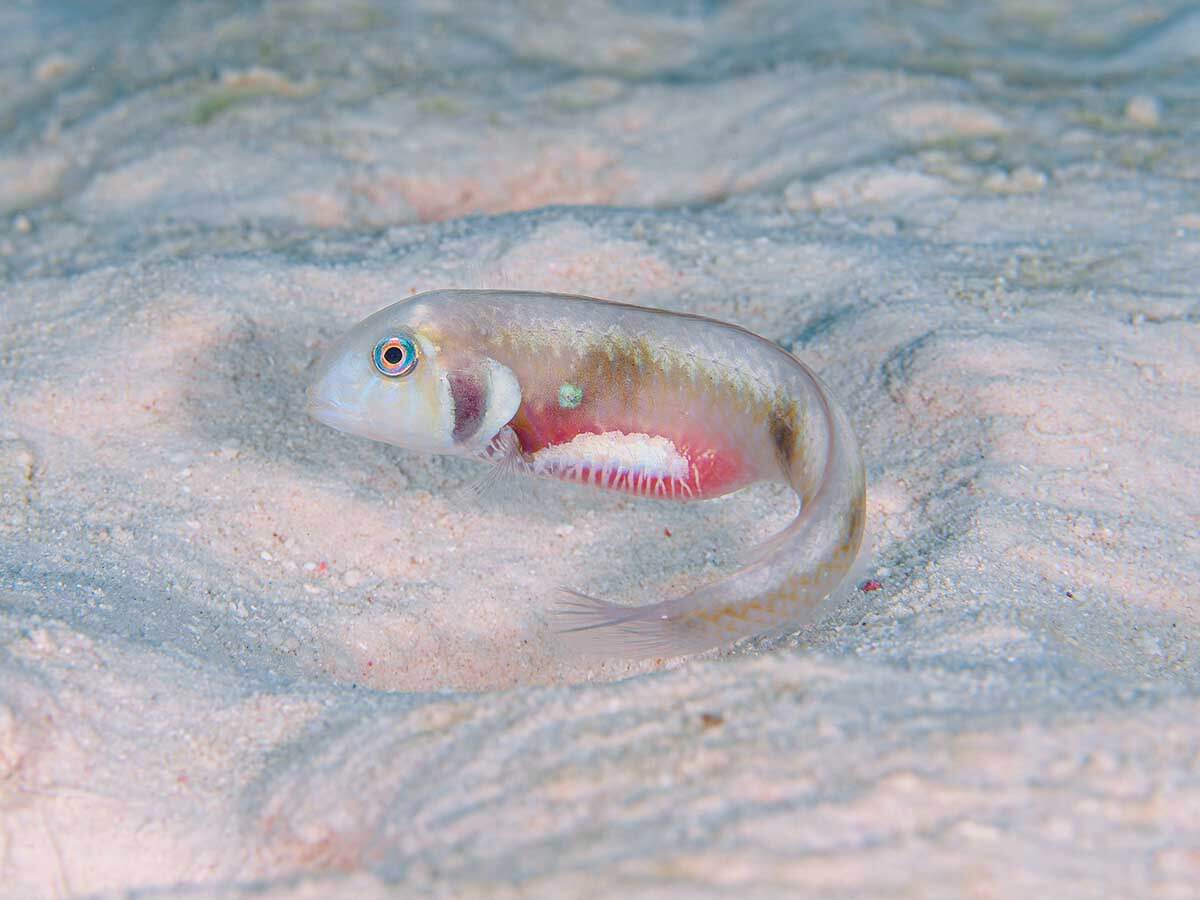
Every diver has a destination that is close to their heart – that special place that works perfectly for them. We’ve asked our correspondents to nominate their top spots and explain why each is their dive heaven. First up is Jeremy Brown, who chooses Bonaire
I’ve been lucky enough to dive in spectacular locations all over the world, but there is something special about Bonaire. Located just 50 miles from the coast of Venezuela, it is comfortably south of Hurricane Alley. Although not totally immune to fallout from passing hurricanes, Bonaire benefits from a relatively stable and surprisingly arid climate.
As a result, diving conditions and visibility are excellent throughout the year. Add the world’s oldest marine reserve into the mix and it’s easy to understand why the island’s cars bear the label ‘DIVERS PARADISE’ on their number plates.
The Bonaire National Marine Park was established in 1979 and now covers all of the sea around Bonaire, and the nearby uninhabited island of Klein Bonaire, from the high-water mark to a depth of 60 metres. There are plenty of dive boat operators on the island (Klein Bonaire and the windward east coast can only be reached by boat) but it is the accessibility of much of the marine park directly from the road along its leeward shoreline that makes Bonaire so special.
The formula is simple: rent a pickup truck and shore-diving package, pay the marine park fee, and dive when, where, and as often as you like.


With nearly every shore-diving site within a 30-minute drive from the main town of Kralendijk, the entire leeward side of the island is effectively your house reef. That’s not to say that the diving isn’t varied; head north for steeper fringing reefs with abundant hard-coral cover, stay nearer town to hunt for unusual macro critters, or go south to enjoy white sandy beaches that give way to lush, soft coral gardens at the top of gently sloping reefs. The south of the island also offers the wreck of the Hilma Hooker and the spectacularly photogenic Salt Pier, both of which are easily accessible from the shore.
Currents are rarely anything other than mild enough to swim against, with the possible exception of the extreme south and north, so it’s possible to pick your dive site regardless of tide state. If you still feel the urge to do some boat diving, the windward east coast of Bonaire is worth the extra effort for its abundant green turtles and frequent ray and shark encounters.
Complete freedom to access more than 50 dive sites around the clock, excellent visibility, little or no current, and abundant marine life make Bonaire an ideal destination for underwater photographers. Without the constraints of a boat diving schedule, or major tidal issues, you’re equally free to spend as much time as you like with the same subject, returning on multiple dives if needed.
I’ve spent numerous dives at the same site, focused on capturing images of the same yellow longlure frogfish with different lighting, lenses and perspective, in order to try to bring out different aspects of its character. It’s a brilliant way to hone buoyancy and photography skills.


The option to dive the same site repeatedly to observe and spend time with individual animals also greatly improves your chances of capturing rarer behaviours, such as mouth-brooding in male yellowhead jawfish. Even common behaviours are easier to photograph successfully if you have the freedom to wait for the subject to relax and act normally.
It can take five to ten minutes for a male sailfin blenny just to get comfortable enough to resume displaying in the presence of a photographer. Similarly, it’s quite common to find juvenile green turtles feeding on algae in shallow surf along Bonaire’s shoreline, but this makes them very vulnerable and wary, and it took several hours over multiple days for me to get images of this behaviour.
There’s really no substitute for time, and a very patient buddy, for getting good images of skittish subjects such as these and for me this is a key advantage of Bonaire’s relaxed shore-diving culture.
With no fixed timetable for your diving, it’s easy to plan dives to make the most out of any available natural light. A small school of rather ordinary-looking grey snapper under an equally uninteresting wooden jetty suddenly make for much more challenging and fascinating subjects to photograph when backlit by dappled sunlight in the late afternoon.


There is also the flexibility to plan the timing of dives to maximise the chance to encounter and photograph specific animals or behaviour. Displays by Bonaire’s ostracod (tiny bioluminescent crustaceans), with the remarkably predictable start 45 minutes after sunset, is perhaps the most obvious example.
Shortly after sunset one evening we came across mating peacock flounders. With this encounter fresh in our minds, we returned the next day with a longer lens and entered the water 20 minutes earlier to try to get photographs. Peacock flounders are crepuscular, active at dawn and/or dusk, typically remaining camouflaged and partially buried during the day, but at dusk the larger males can sometimes be seen patrolling their territories, swimming at speed in large circles about 20 cm off the bottom.
When two males meet, they fight, but when a male and female meet, they circle each other before slowly rising off the bottom together with the smaller female on the male’s back, before darting up to just below the surface to release eggs and milt into the water column. The males are easy to spot just before sunset and it wasn’t long before we found one with a female that made several spawning runs to the surface.
Bonaire’s economy is mainly based on tourism which is, in turn, almost entirely dependent on the health of Bonaire’s marine environment. From the establishment of Bonaire National Marine Park to the ongoing work of organisations such as Reef Renewal Bonaire, the people of Bonaire continue to set an example of how valuable conservation of the natural world can be, both for the economy and the environment. Let’s hope it stays that way.



